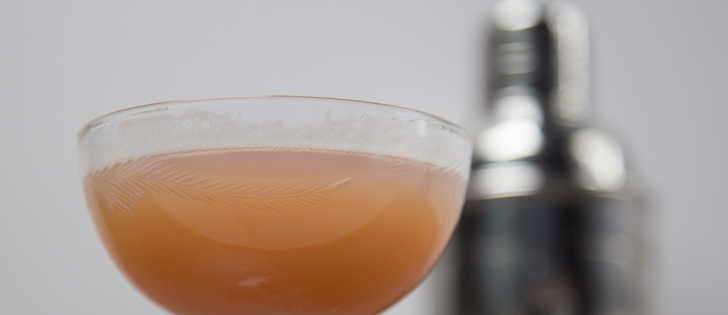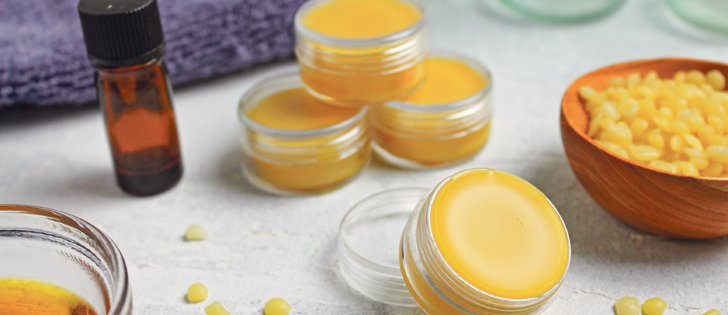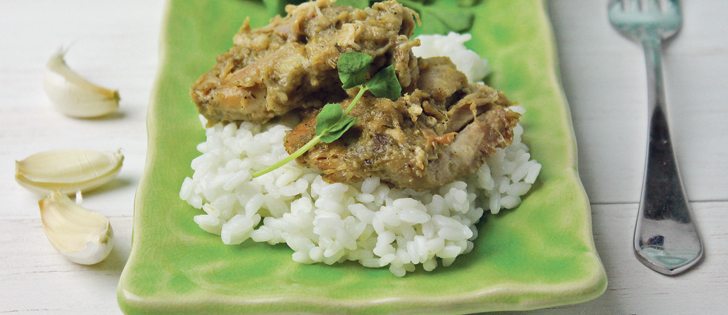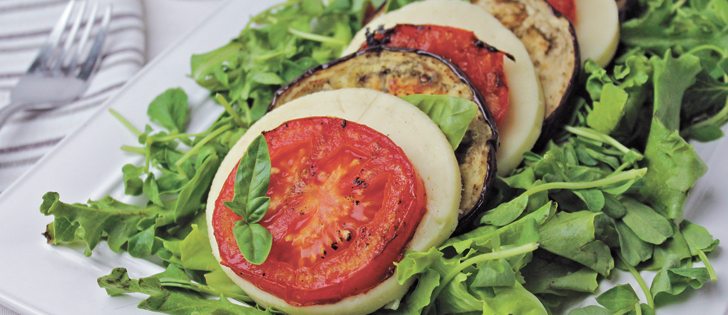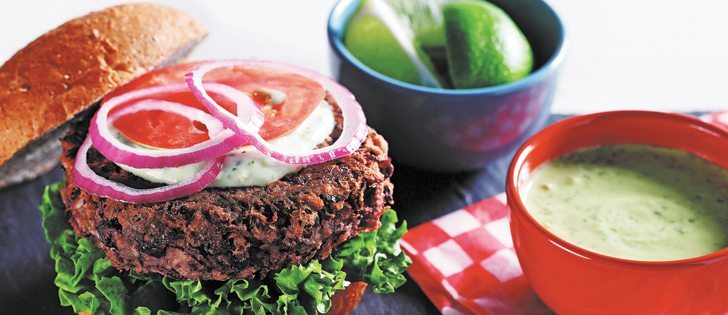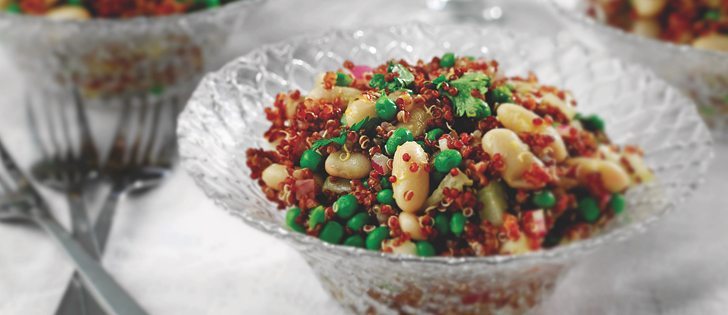Eun Jung left behind her family, culture and food for a new adventure in Canada when she married Alan, a Canadian who was teaching English in South Korea.
It was a hard adjustment and cooking was difficult because there weren’t a lot of Korean ingredients available. But as Canada became more multicultural, Asian grocery stores and ethnic restaurants increased in middle to larger sized communities.
Food gives comfort and for Eun Jung, it is an important connection to her roots. We often talk about how much she loves Canada but misses Korea.
Read Also

Farm auctions evolve with the times
Times have changed. The number of live, on-farm auctions is seeing a drastic decline in recent years. Today’s younger farmers may actually never experience going to one.
To help ease her homesickness, the mother and educational assistant prepares and eats traditional Korean food. She always brings beef bulgogi to our gatherings.
Our cooking adventure focused on the main dish of Korea, kimchi. Koreans eat up to 18 kilograms of kimchi per person each year. Kimchi is loaded with vitamins, fibre and if fermented, boasts the same healthy bacteria as yogurt and sauerkraut.
It is a hot, spicy and sometimes sour tasting side dish that can be served fresh or fermented. Recipes vary from region to region, differ depending on the season and are served at every meal.
Kimchi is also often used as the starting ingredient to make other dishes like soup, stew or stir fries. Eun Jung suggested making fresh kimchi and enjoying it for a few weeks.
Making traditional ferment kimchi is a lot of work and takes weeks and months of fermenting.
Eun Jung stressed that Koreans cook with their hands, but when adding the hot pepper flakes/powder, make sure to use a spoon or gloves to avoid burning.
Korean cuisine has a few key ingredients, including garlic, green onions, Chinese cabbage and cucumber.
Korean sun-dried red pepper flakes are more coarsely ground than the red pepper flakes found in Canadian grocery stores. They are used to give kimchi its spicy flavour.
You will probably have to go to an Asian grocery store to find this ingredient. In a pinch, you could try a mixture of red pepper flakes and cayenne powder. This will give you the heat but not the same earthy, slightly sweet flavour as the Korean pepper flakes.
Roasted sesame seeds add another layer of flavour and are often used to garnish dishes. I also learned that there are many types of soy sauce.
Korean soy sauce has a more yeasty smell and flavour. You can substitute a naturally brewed soy sauce but if you are at the Asian grocery store, pick up a Korean one to try.
While there, pick up ginseng root, dried jujubes (red coloured Korean dates) and short grain sticky rice (preferred by Koreans) to make the ginseng chicken soup. There are many more ingredients to explore but this was enough for our first batch of Korean recipes.
Ginseng Chicken Soup (Samgyetang)
I was lucky enough to visit Korea and with Eun Jung’s help, I found a recipe for my favourite dish, ginseng chicken soup. A restaurant there served the soup in ceramic pots, with up to 24 garlic cloves in each serving.
I adapted this recipe from www.maangchi.com, a site for Korean recipes and cooking videos.
- 1 small chicken or Cornish hen (it needs to fit in the pot)
- 1/4 c. of short grain sticky rice (sometimes called sweet rice)
- 12 cloves of garlic
- 3 jujubes (Korean dates)
- 1 or 2 small ginseng roots, trimmed off the tops
- salt and pepper to taste
- 1/4 c. green onions 60 mL
Wash and rinse chicken in cold running water. Soak sweet rice for one hour, then drain.
Stuff the chicken with the sweet rice, ginseng root, jujubes and three or four cloves of garlic. Place it in an eathware pot, if available.
Pour water into the pot about halfway up the chicken. Add remaining garlic and ginseng. Bring to a boil it over high heat for 20 minutes. When it starts boiling, skim off foam and fat that rise to the surface, then pour in more water and boil it over medium heat for 40 to 50 minutes.
It is cooked when the chicken pulls away easily using chopsticks.
Add salt and pepper. Garnish with green onion serve with kimchi.
Radish kimchi
Roasted sesame seeds have a deeper flavour than unroasted seeds. Stir continually in a frying pan over medium heat and remove from heat as soon as the seeds start to brown and pop.
- 1 medium daikon radish, peeled and cubed
- 3 tbsp. coarse salt 45 mL
- 1/4 c. chopped green onion 60 mL
- 1 tbsp. roasted sesame seeds 15 mL
- 1 tsp. grated ginger 5 mL
- 3 cloves garlic, crushed
- 1 – 2 tbsp. Korean red pepper flakes 15 – 30 mL
In a bowl, add radish and coarse salt.
Mix salt into radish using hands. Set aside for at least two hours, then rinse and drain the radish repeatedly to remove salt.
Add green onion, sesame seeds, ginger, garlic and red pepper powder. Stir to combine ingredients. Serve as a side dish or with sticky short grain rice.
Serve fresh or allow to ferment in the refrigerator for one to two days. Many advise to eat it within three weeks others say it will keep longer.
Yields four cups (1 L).
Quicj cucumber kimchi
Eun Jung sometimes adds a little sugar (about 1 tsp./5 mL) to kimchi if she finds the flavour too salty or sour.
- 2 long English cucumbers, sliced and halved
- 3 tbsp. coarse salt 45 mL
- 1/4 c. chopped green onion 60 mL
- 1 tbsp. roasted sesame seeds 15 mL
- 2 cloves garlic, crushed
- 1/2 – 1 tbsp. Korean red pepper flakes 7 – 15 mL
In a bowl, add cucumber and coarse salt. Mix salt into cucumber using hands. Set aside for two hours, then rinse and drain the cucumber repeatedly to remove salt.
Add green onion, sesame seeds, garlic and red pepper powder. Stir to combine ingredients. Serve as a side dish or with sticky short grain rice.
Serve fresh or allow to ferment in the refrigerator for one to two days. Yields three cups (750 mL).
Cabbage kimchi
- 1 head Chinese (Napa) cabbage, washed and chopped
- 1/4 c. coarse salt 60 mL
- 1/2 c. chopped green onion 125 mL
- 1 tbsp. roasted sesame seeds 15 mL
- 1 tbsp. sesame oil 15 mL
- 2 tsp. grated ginger 10 mL
- 4 cloves garlic, crushed
- 2 – 3 tbsp. Korean red pepper flakes 30-45 mL
In a bowl, add cabbage and coarse salt. Mix salt into cabbage using hands. Set aside for at least two hours, then rinse and drain the cabbage to remove salt.
Add green onion, sesame seeds, sesame oil, ginger, garlic and red pepper powder. Stir to combine ingredients. Serve as a side dish or with sticky short grain rice.
Serve fresh or allow to ferment in the refrigerator for one to two days.
Kimchi will continue to ferment as it ages. Many advise to eat it within three weeks. The home economist in me says eat Kimchi within one week.
Yields three cups (750 mL).
Beef bulgogi (Korean barbecue)
Shown in the photo above, this is Eun Jung’s specialty. The Asian pear sometimes called an apple pear in Canada adds extra sweetness but it is not necessary.
- 1/4 c. crushed garlic 60 mL
- 1/4 c. sesame oil 60 mL
- 1/4 c. roasted sesame seeds 60 mL
- 1/2 tsp. black pepper 2 mL
- 1/3 c. granulated sugar 75 mL
- 1/2 c. chopped green onion 125 mL
- 1 onion, sliced
- 1 Asian pear, cored and finely chopped (optional)
- 3 lb. sirloin steak, sliced into thin strips 1.5 kg
In a medium sized bowl, combine garlic, sesame oil, sesame seeds, pepper and sugar. Add onions, pear and beef stirring to combine.
Marinate in the refrigerator for at least 30 minutes.
Then grill or stir fry until beef is just cooked through. Serve with short grain sticky rice.
Yields two cups (500 mL).
>
Spicy potatoes
This is a dish that Eun Jung’s mother prepares often for supper.
- 4 potatoes, cubed
- 1/2 onion, sliced
- 1/4 c. soy sauce (Korean if you can get it) 60 mL
- 1/2 tbsp. Korean red pepper flakes 7 mL
- 1 tbsp. sesame seeds 15 mL
In a medium saucepan, combine potatoes, onion, soy sauce and red pepper flakes. Simmer at medium high heat, stirring occasionally. Simmer until all the liquid is gone and the potatoes are cooked.
Serve warm garnished with sesame seeds. Yields two cups (500 mL).
Dorothy Sandercock is a home economist in the agrifood trade and former greenhouse grower from Lloydminster, Sask. She writes a blog at prairiekitchencompanion.blogspot.ca. Contact: food@producer.com.


